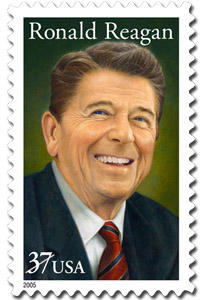From 1877 until 1973, when lawmakers redefined the term, legislative days were measured consecutively, meaning that the clock began ticking the moment the Legislature convened, excluding Sundays. Exactly 120 calendar days (plus Sundays) after convening, the Legislature had to adjourn. Following the passage of the 1972 amendment, lawmakers in 1973 redefined a legislative day as only those days when either the House or Senate met in full session. Days on which only committees meet are not considered official legislative days. This definition of "day" left the 120-day constitutional maximum untouched, but allowed lawmakers to spread the days over a two-year period. This "flexible" system is unique in the United States.
— Minnesota Legislature web site
The Legislature should go back to the pre-1973 practice of meeting for 120 calendar days every other year. By splitting the constitutionally-mandated 120-day limit between two calendar years, and by redefining the meaning of the word "day," legislators have enough time on their hands to grow government, turn their public service into careers, and crank out needless bills like this, authored by Sen. Ann Lynch (DFL-Rochester) in the Senate (SF 1454), and Rep. Phyllis Khan (DFL-Minneapolis) and Rep. Tina Liebling (DFL-Rochester) in the House (HF 1385):
A bill for an act relating to state government; creating a task force to study the design of the state flag.Hat tip to the Taxpayers League of Minnesota.
BE IT ENACTED BY THE LEGISLATURE OF THE STATE OF MINNESOTA:
Section 1. LEGISLATIVE TASK FORCE ON DESIGN OF STATE FLAG.
Subdivision 1. Establishment. The legislative task force on the design of the state flag consists of three members of the senate appointed by the Subcommittee on Committees of the Committee on Rules and Administration, and three members of the house of representatives appointed by the speaker.
Subd. 2. Form and style of state flag. The task force shall study the form, style, and design of the state flag and suggest any desired changes, while preserving its basic symbolism. The task force may solicit and secure the voluntary service and aid of persons who have either technical or artistic skill in flag construction and design.
Subd. 3. Report; expiration. The task force shall make its report and recommendations to the legislature by January 15, 2008. The task force expires after submitting the report.




No comments:
Post a Comment